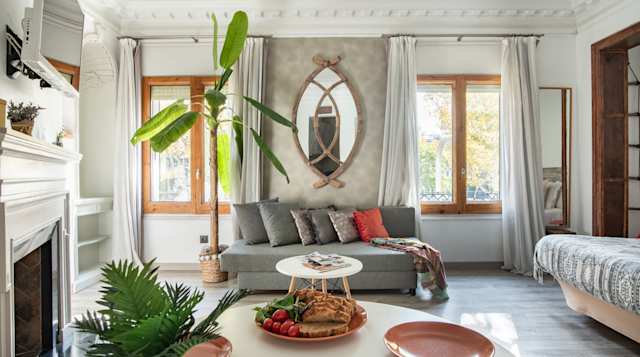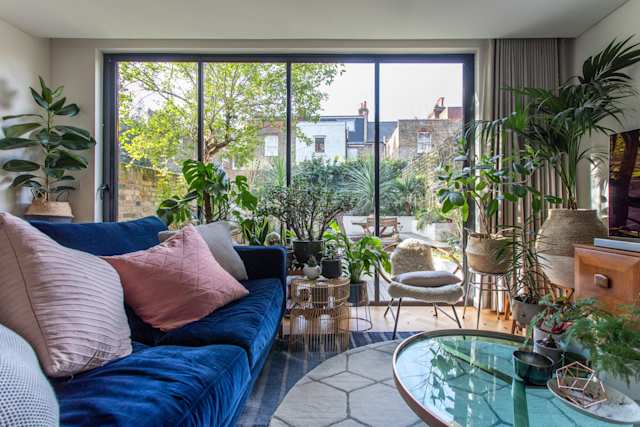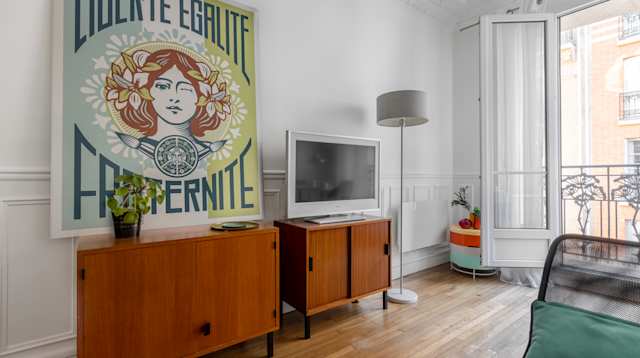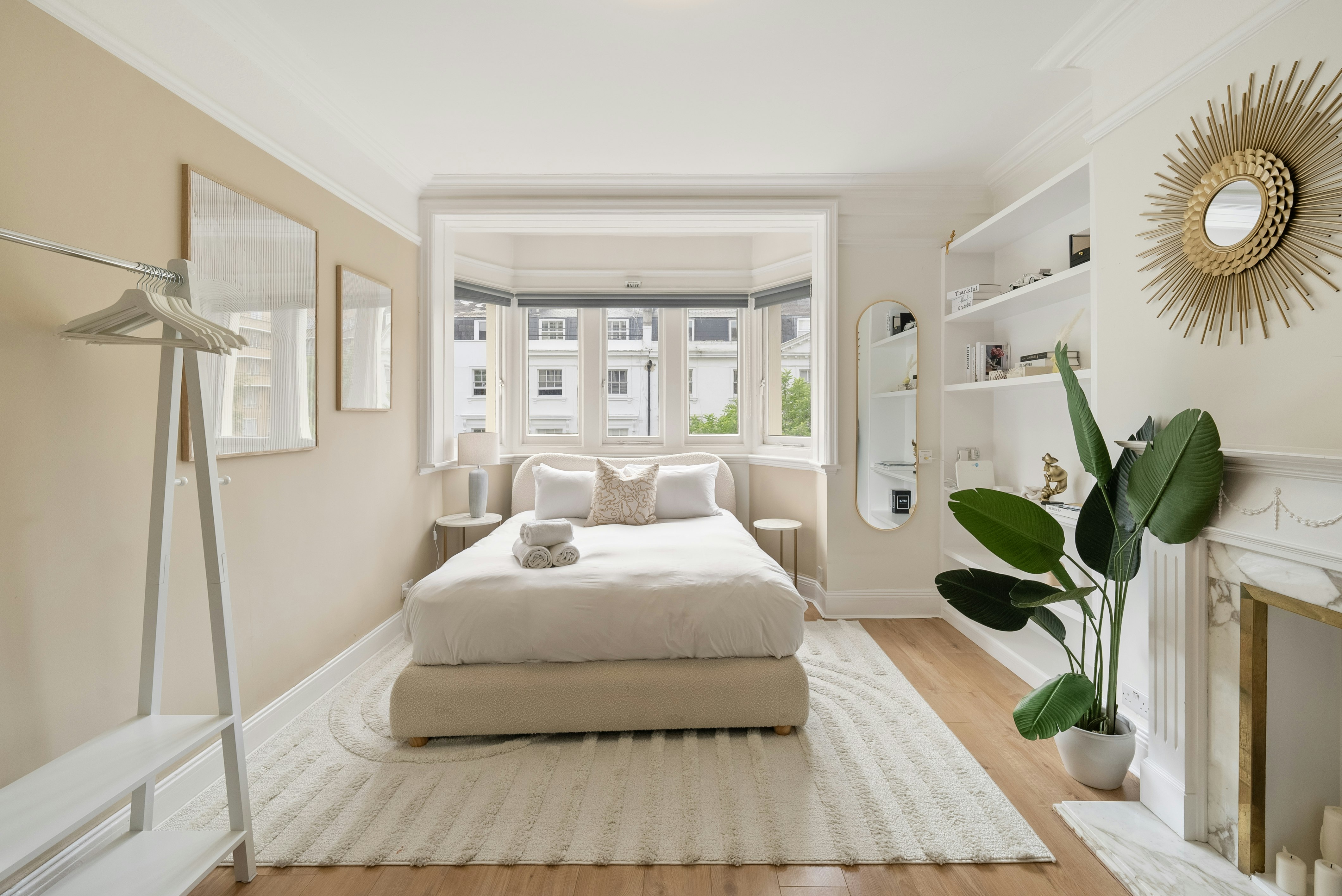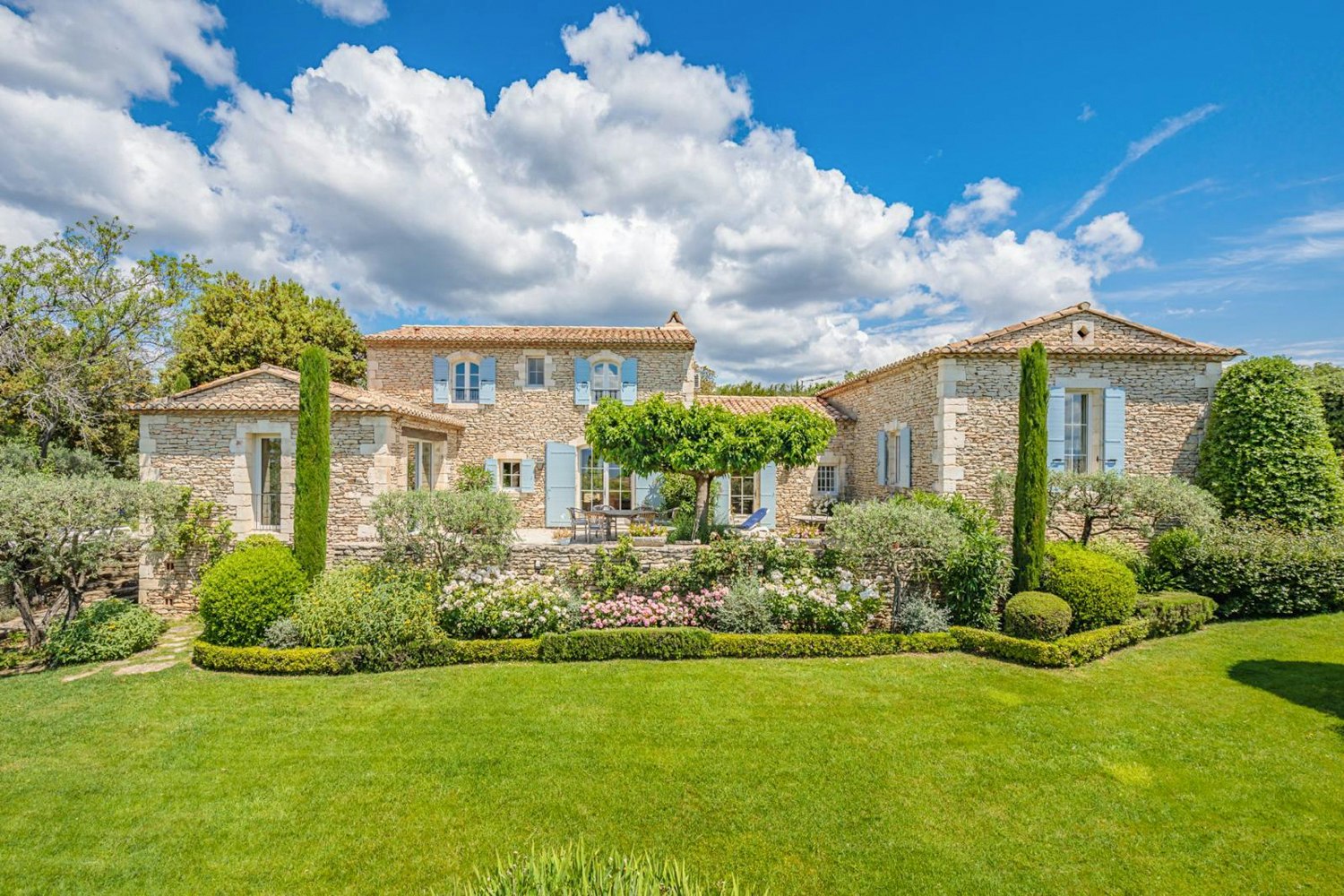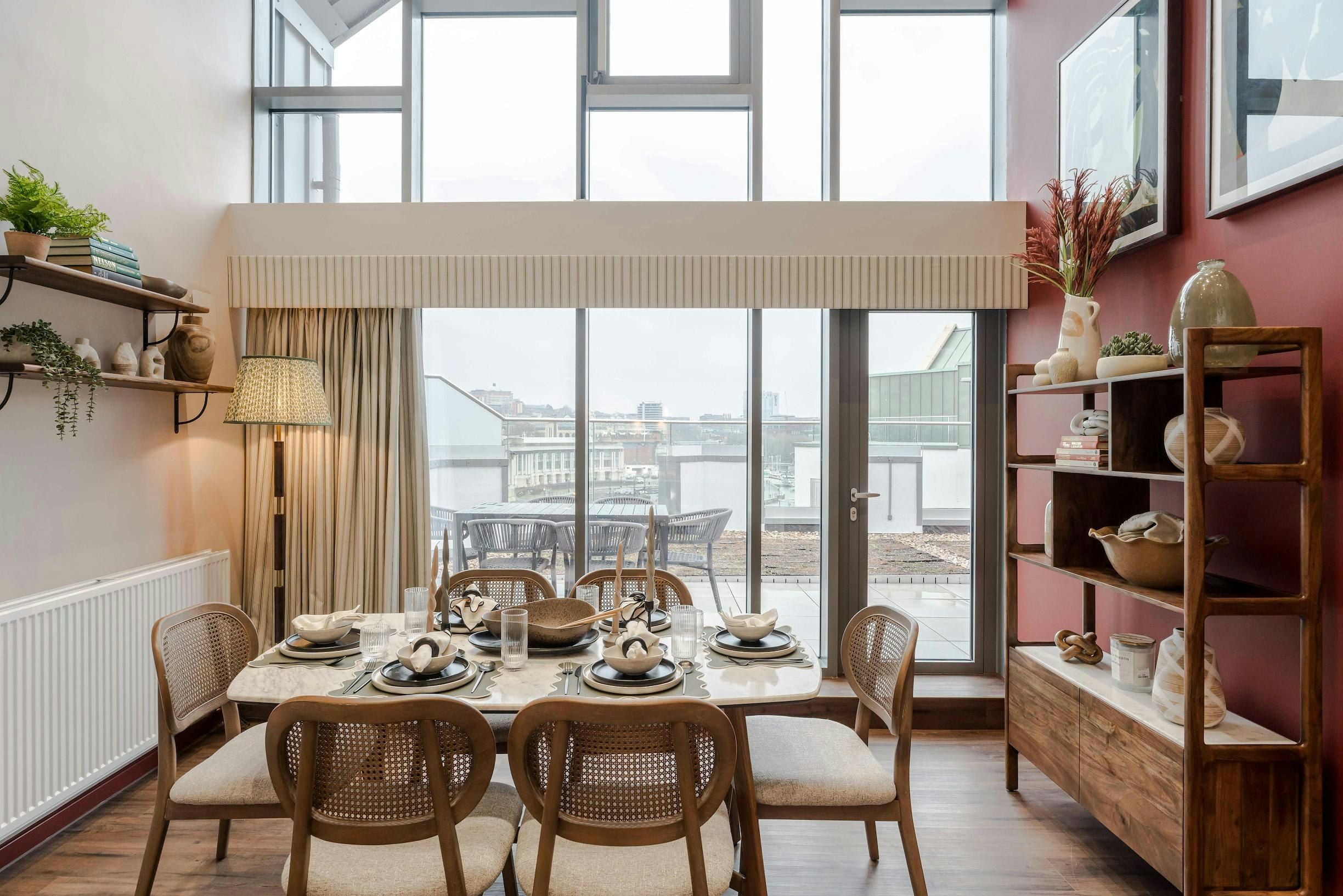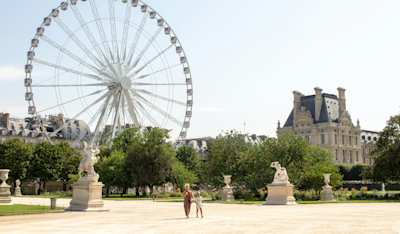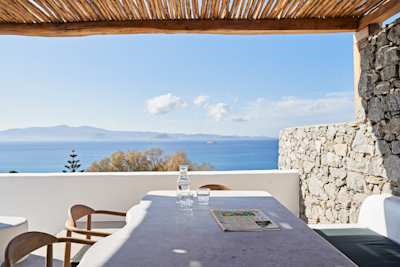Embrace the Art of Slow Travel
Go beyond that quick Instagram snap and get to know the local economies and landscapes of your holiday destination with this guide to slow travel
~
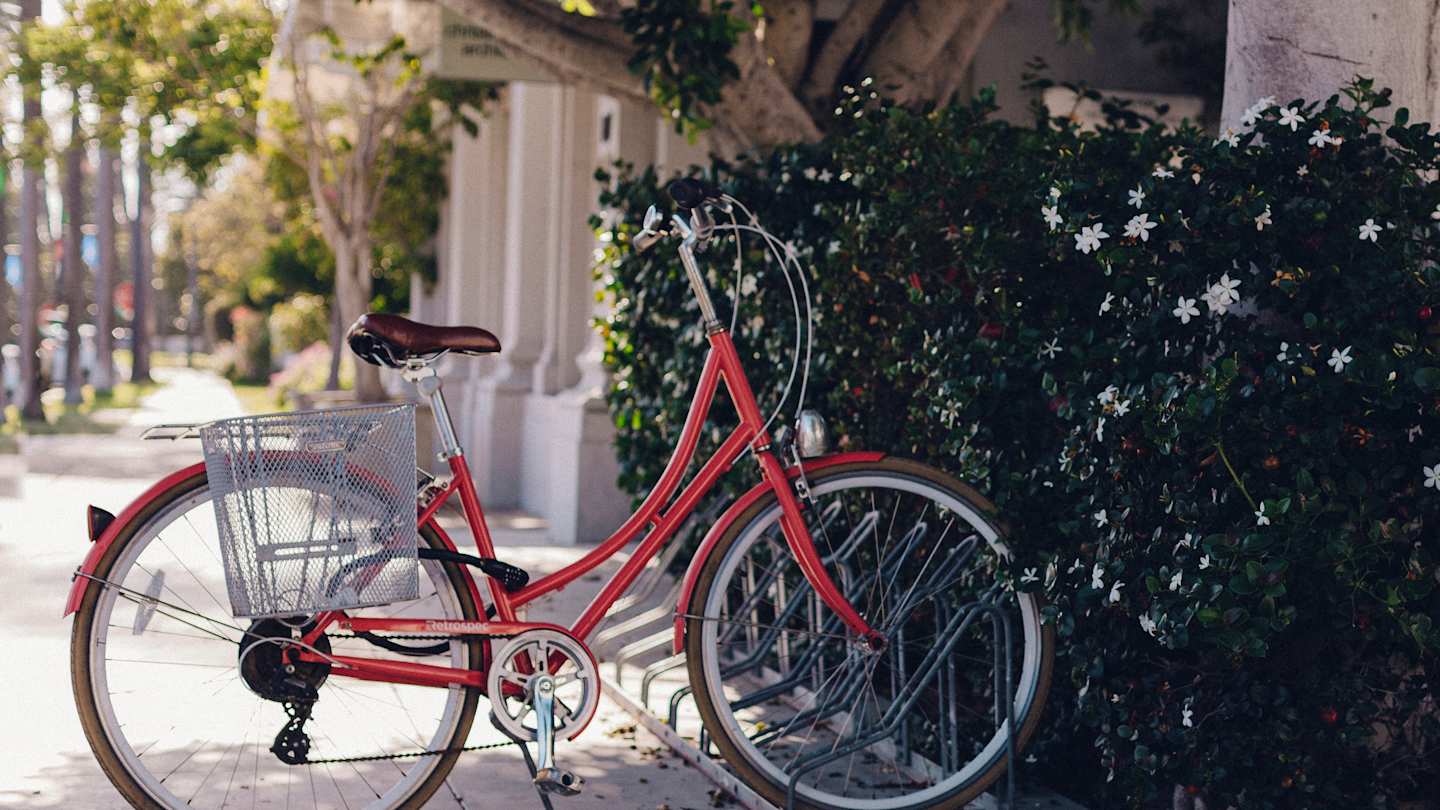
Everybody craves the feeling of being at one with the world around you, and slow travel is the perfect way to do exactly that. Whether you’re strolling through the renowned cities of Paris and London, or enjoying some downtime in the Great British countryside, you’ll improve your experience with a slower, more open-minded approach. Packed, stereotypical itineraries can be great, but they can be equally as daunting, and can cast a cloud over your holiday experience - so for this, away with them. You might do less with slow travel, but at least you won’t have to pretend to enjoy the race from place to place. Here at Plum Guide, we love nothing more than going above and beyond for our guests, so we’ve created this expert guide to help you understand everything that slow travel stands for. Beware though, you’ll never want to look back.
What is slow travel?
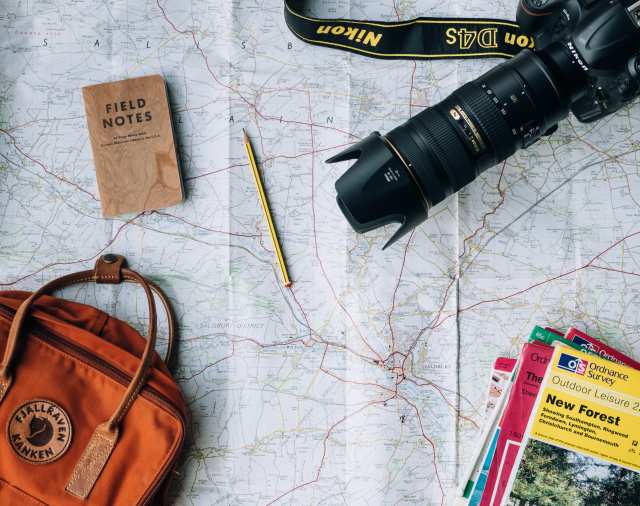
A travel kit on a table, including a map, a camera, and a notebook
Slow travel is enjoying your adventure in a different way, exploring the calmer, lesser known areas of a destination where the stress of being a tourist simply doesn't exist. Slow and steady wins the race - if your mother said it then it must be true... Slow travel has become more and more popular over recent years, deriving from the slow food movement starting in the 1980s. It's the chance to make the most of the here and now, and to appreciate a destination's simpler things, away from the hustle and bustle of an everyday life we've been used to for all too long. This is your moment to really slow down, ditching the classic ‘we must see everything’ approach that is so common when visiting a new area. It is doing slightly less, taking slightly longer to get around, and simply embracing the world around you just that bit more. It’s amazing what you can discover when the urgency of your vacation is suddenly irrelevant - it all becomes easier, because quite simply, you’re in control.
Benefits of slow travel
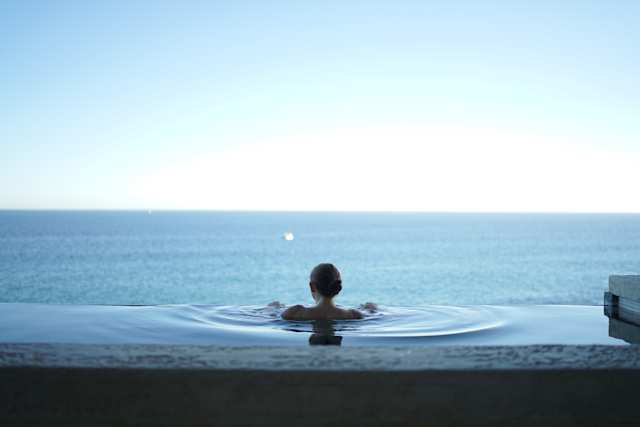
A woman relaxing in an infinity pool looking out to sea on holiday
The benefits of slow travel are almost too plentiful to list, but we’ll give it a good go - we don’t shy away from things here at Plum Guide. First and foremost, slow travel allows you to truly experience your holiday. The dream holiday will always allow you to refresh, and truly reconnect with the peace that can so easily become lost in the stresses of everyday life. Slow travel is guaranteed to recharge your batteries, and subsequently have you feeling generally happier - who’s saying no to that? Your less hurried approach to the holiday really allows you to focus on experiencing the quality of a location, rather than the quantity of its points of interest, giving you the opportunity to experience only the very best of what any given destination has to offer. In turn, this will provide you with more unique memories as you avoid the stereotypical paths. You may end up in the same place as other tourists at times, but nobody will have enjoyed the journey as much as you.
Yes, your journey may be longer, but removing the corner-cutting from your plans is a sure-fire way to see more of the place you’re desperate to explore. With slow travel, the journey is just as crucial as the target destination, so you’re able to embrace the voyage as part of the fun, rather than seeing it as the burden that it’s so commonly perceived to be. As a result, you’re able to connect with the world on a deeper level, seeing the beauty of a place when it may normally pass you by. More new sights, more intimate experiences, and more conversations with locals are just a handful of ways that slow travel allows you to connect with your new surroundings - as you start to feel less and less like a stranger, you’ll start to truly appreciate this movement and its perks. And on top of all this, slow travel is good for the planet - can it get any better? The slower, more reserved travel you’re partaking in will keep the air fresher and the wildlife healthier. Climate change is far from cool, and responsible travel means you can reduce your carbon footprint and invest in the cities you stay in, so you’re more than playing your part.
How to do slow travel
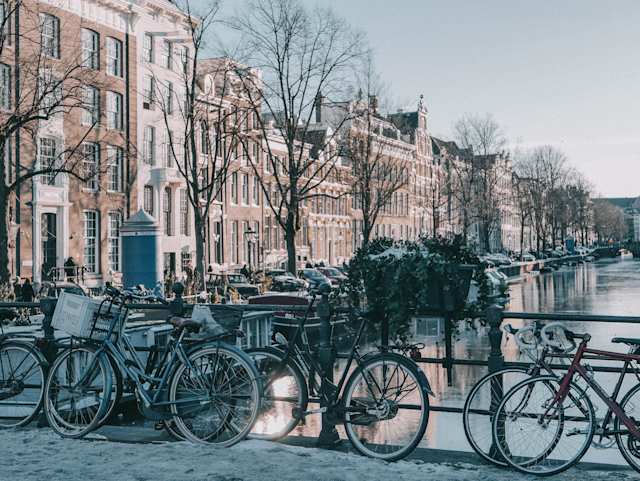
Bicycles leaning against a railing by the canal in Amsterdam, Netherlands in winter
The very best way to do slow travel is by ditching the swathes of tourists that may so often have been your companions, and seeing yourself as a local. After all, we’re all part of the same planet. Have conversations with residents you see, and discover what makes them tick. Check out their favourite restaurants, venture out to their favourite bars, embark on their recommended day trips, or swerve the taxis for their favourite back roads. They’re the experts around here, so trust their judgement. Turn your back on the planes and cars of this world, and look for more sustainable, if slower, ways to get around - trains and boats are great options to get you to your location, and bikes are a brilliant way to see the area once you’re there. If you have to fly, there is a way to limit the shame - offset your emissions by investing in regenerative projects. We recommend using Gold Standard.
Leave your comfort zone, and dive head first into the spontaneity of your trip - leave the itineraries at home, and refrain from seeing absolutely everything. Finally, it’s important to shop sustainably, visiting the local shops and purchasing their products. It’s too easy to buy everything online these days, so help fund the local stores and keep the welfare of the planet at the forefront of your mind as you go. Several Barcelona-based stores are making it easier to invest in yourself and the planet - choose sustainable fashion at Sunsais and GreenLifeStyle. It doesn’t matter where you’re travelling - you’ll always be able to do it slower.
The top destinations for slow travel
Slow travel certainly isn’t restricted to just the odd location, but some places are crying out for your company. Embracing the slower side of travel is made easy in a number of places around the world, with the local lifestyle ready made for your free, open-minded approach. Take Copenhagen for example, where 60% of residents ride a bicycle to work or school. Sure, a fast car may be flash, but where the planet’s concerned, two wheels are better than four. Opt-out of a rental car in Copenhagen and blend in with the locals on a bicycle.Take in the many-hued Nyhavn from atop your saddle at The Inner Harbour Bridge, and then cycle to Amager Beach to soak off any exercise-induced sweat - don’t pretend it wasn’t a workout. Still, this guilt-free mode of transport is worth the helmet hair. Across Europe, take your time to explore the lesser known corners of London. You may have come to London for the bright lights and big city, but did you know it’s 50% green? Winding between these parks is a blue (brown) habitat often written off - water. While we are certainly not advocating for a swim in the Thames, Woodberry and Walthamstow Wetlands is your chance to discover the best of British birdlife.
Or head over to Cornwall, and embrace the foodie roots of slow travel. Travelling slowly is an offset of the slow food movement, and with a range of quality producers, you’d be hard-pressed not to choose local in Cornwall - The Hidden Hut delivers on freshly caught seafood. Take a seat on picnic benches overlooking the beach. The lobster paella and fire-cooked meats will be worth the potentially wet socks. Burn off the BBQ with a brisk walk around the picturesque headland. Sticking to food, take a trip over to New York and avoid the fast food temptation. French fries and the like don’t score highly when it comes to sustainability, but there are numerous ways around it in the Big Apple. If you’re desperate for something quick and casual, Dig Inn offers locally-grown salad bowls for the same cheap(ish) price tag. The company supports small-scale, minority-run farms - making a roast chicken dinner only partially regrettable.
In its essence, slow travel means ignoring the short cut, and while travelling by train might add hours onto your busy schedule, the view sure looks better than a motorway. Venturing to porto via these means is the perfect example - in terms of charm, São Bento Station tops many of Porto’s museums. Once you’ve taken ten to check out the station’s interior, depart on the Linha do Douro. The track meanders alongside the river and into port-tasting territory. Hop off at Pinhão and visit the winery, Quinta do Bomfim, where you can enjoy a picnic (and a bottle) in the sloping vineyards. And speaking of vineyards, we’ve got to mention Paris. Call us pretentious, but you can’t visit Paris and not drink wine. No, we’re not asking you to don a beret, but we are hoping you’ll pick organic when you reach for a sip of the good stuff. If you are going to drink, drink healthily. Natural wine contains none of the fertilisers and pesticides you might find when shopping in a supermarket. It’s better for you, the planet, and your Saturday morning hangover. We recommend picking up a bottle from L'Etiquette. Or, even better, slow down and settle into a tasting session.
